Business Plan Assignment: Business Venture of Epicurean’s Meat
Question
Task: Prepare a business plan assignment on a new business venture of your choice using relevant sources.
Answer
Executive Summary
The business plan assignment deals with the new business venture named Epicurean’s Meat which would be offering a product portfolio of artificially cultured chicken meat at high quality and economic pricing strategy. The target customers would be youngsters of all genders and are well-educated city-dwellers. In the UK's cultured meat market, the bargaining power of the suppliers is high, the bargaining power of the customers is low, the threat of the new entrants is low, and the threat of the substitute is very low, and low competitive intensity. The main competitor of Epicurean's Meat in the UK is Higher Steaks while in the EU,Mosa Meat, Meatable, and Biotech Foods remain the competitors. Epicurean’s Meat would be offered through Omni-channel retailing strategy as well as adopt both traditional and digital advertising strategies. The cultured meat from the stem cells of the chicken would be produced by Epicurean’s MeatthroughbioreactorsandFuture Meat Technologieswould be its supplier. The brand has both opportunities and threats in the market which it ought to venture and thereby it has to function contingently and reliably.
1. Introduction
The report here deals with a new business plan that has been established taking into account the contemporary needs of the customers in the UK’s meat market. In this context, a business venture ought to provide cultured meat of chicken to the UK’ customers has been sorted out by considering and formulating diverse aspects for running a business. For this, the report engages in discussions of the impacts of macro-economic factors on the business, analyzing the UK’s meat industry coupled with the identification of the target customers and their needs, along with considering the operational, marketing, and financial requirements. The report also explores the internal environment of the new organization and its competitors.
2. Detailing the business plan
2.1 Explaining the purpose and goal of the new business venture
The new firm has been named Epicurean’s Meat, which would be offering a product portfolio of artificially cultured chicken meat.
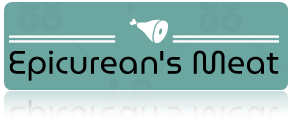
Figure 1: The logo of the new business
(Source: Created by the learner)
With the purpose of offering sustainable meat by addressing environmental and health concerns as well as animal welfare issues, Epicurean’s Meat would be producing cultured meat.
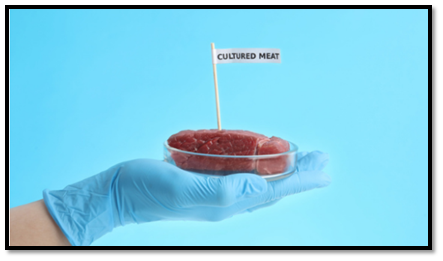
Figure 2: Cultured Meat
(Source: Fusaro, 2021)
2.2 Outlining how the new venture would meet the identified needs of the target customers
The target customers would be youngsters preferring sustainable food, perturbed by animal issues and have health concerns. Since the cultured meat production eliminates the scope of the antibiotic usage that commercial production of the traditional meat from the livestock has so profusely used, the cultured meat comes out as clean meat devoid of harmful antibiotic. Therefore, taking references from the 2020 Publication in Nature Food, it could be ascertained that the cultured meat offered by Epicurean's Meat would address the human's concern of food-borne diseases as it results in fewer exposures to enteric pathogens (gfi, 2021).Epicurean's Meat would be providing sustainable meat consumption options to the eco-conscious customers by eradicating the environmental and climate footprints caused by the conventional farming methods and production of the livestock's meat.
2.3 The ways in which the new business would benefit the target market
Epicurean’s Meat would be benefitted the customers by offering them sustainable and healthy meat alternatives at affordable pricing and premium qualities as well as providing them with the provisions of convenience buying. This means that the customers could avail themselves of the cultured chicken products both from the stores and over online medium, thereby benefitting them with multiple purchase options.
3. Over viewing and analyzing the macro-economic environment of the UK’s meat market
The macro-environment of a business shapes and influences the operational and functional endeavors of the business which is why exploring the external market within which the organization operates seems to be extremely essential. The data-driven insights eventually empower the organization to facilitate informed strategic decisions and measures for the organization to attract profitable growth and sustained development (Guarata and Pagliacci, 2017). In this context, only the macro-economic environment has been taken into consideration to explore the nature and aspects of the macro-economic environment of the UK’s meat industry along with the global dynamics have been considered.
The global culture meat is valued at USD 1.64 million in 2021 and is predicted to reach USD 2788.1 million. This implies that the UK being a participant in this global cultured meat market would also witness economic stability and growth (prnewswire, 2021).
Moreover, the economic growth of the industry is predicted to accelerate at a rate of 13.3% from 2021-2032 exhibiting potential growth. This is further backed up by huge investment in the European cultured meat market of which the UK is part of showingeconomicsustainability of the market.
This could strongly influence the investment and business endeavors of Epicurean’s Meat.
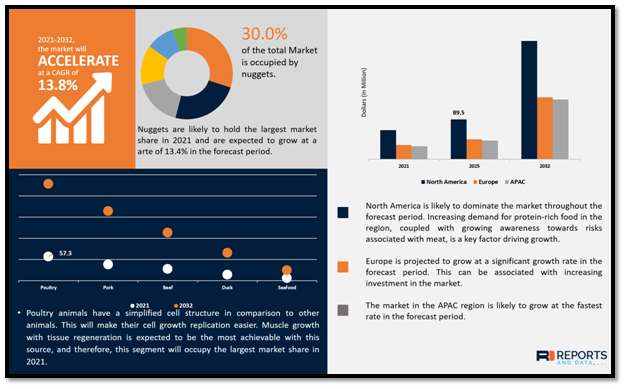
Figure 3: Growth in Cultured meat market
(Source: reportsanddata, 2021)
After Dutch scientist Mark Post cultivated, cooked, and ate the first-ever cultured meat burger in 2013, the cultured meat market has then grown enormously with almost 70 companies across the 6 continents with a backing of $450+ investments to produce commercially viable large-scale cultured meat underpinned with advanced technology solutions (gfi, 2021).
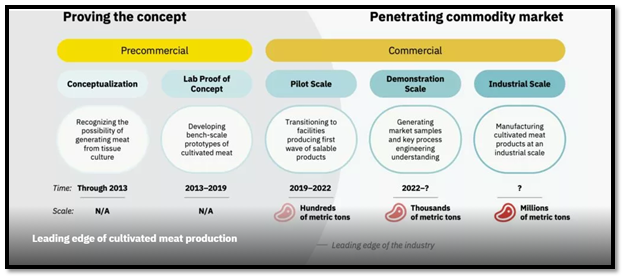
Figure 4: an overview of the cultured meat market globally including the UK
(Source: gfi, 2021)
4. Market and Industry analysis
4.1 Identification of the customer’s needs
Britons have increased the per capita consumption of meat on average that accounts for 61kg of animal protein annually implying strong demand for the need for meat products.
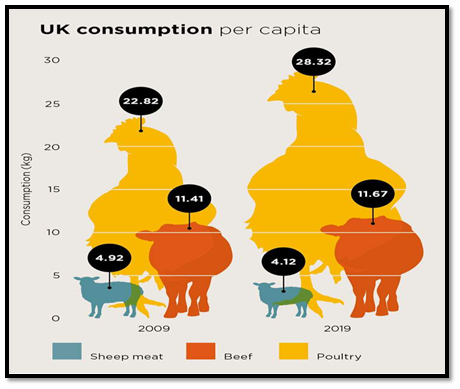
Figure 5: Per capita UK’s meat consumption
(Source: savills, 2021)
Contemporary customers have been preferring foods that are sustainably sourced and produced as well as demands for perishable foods with food safety and consistency is persistent (businesswire,2020)Moreover, according to the observations of Baker (2019), UK customers have been fostering concerns about environment, animal welfare, and health in the perusal of their food which is why there is an emerging needs amongst the customers for the foods produced ethically and denounces animal cruelty (marketsandmarkets,2021). Furthermore, 80% of the UK people are eager to taste cultured meat with high openness towards cultured meat amongst the youngsters for its benefits and sustainability (Carrington, 2021)
4.2 Identification of the target market
The size of the UK's cultured meat market in the whole of Europe is demonstrated below that shows the UK occupies the second position after Germany in terms of the alternative meat market
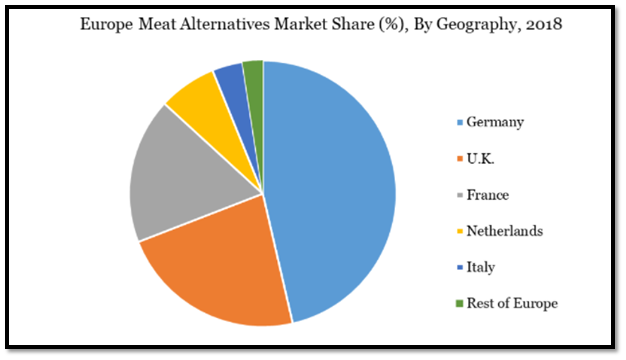
Figure 6: Size of UK’s meat market
(Source: datamintelligence, 2021)
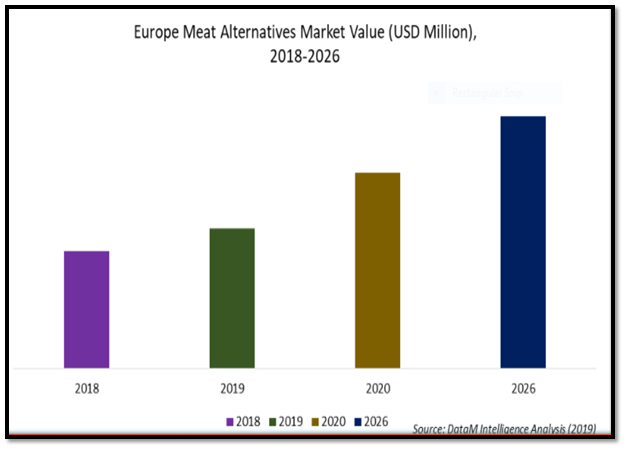
Figure 7: The value of cultured meat market in Europe that includes the UK
(Source: datamintelligence,2021)
Furthermore, the value of the UK’s lab-grown meat market is considered huge with the evolving technological dimensions being increasingly incorporated that makes lab-grown meat to be viably produced commercially. Moreover, global investors are pouring proficient capital funding that makes the UK’s cultured meat market highly profitable and a marketplace to exploit the opportunities by new ventures.
The geographic segmentation for Epicurean’s meat would be the UK while the demographic segmentation would take into account customers who are supportive of cultured meat consumptions and the reasons behind it. The target customers of Epicurean's Meat would be generally the consumers who stand against ruthless slaughtering of the animals for consumption and propagates for animal welfare issues. Furthermore, demographic details have been decided by considering the observations of Baker (2019), who stated that youngsters of all genders aged (supposedly 15-40 for the new business), who are “well-educated city-dwellers” are the demographics who would be keen or inquisitive to taste the cultured meat produced from technology-driven production facilities.
4.3 Exploring the UK’s cultured meat market
Furthermore, to understand the characteristics of the industry in-depth and evaluate the industrial forces acting in the UK’s cultured meat market, the theoretical framework of Porter’s Five Forces has beencontextualized. The attractiveness of the industry in terms of profitability and the impacts of the various industrial forces isanalyzed with the help of Porter’s Five Forces (Gerard, 2018).
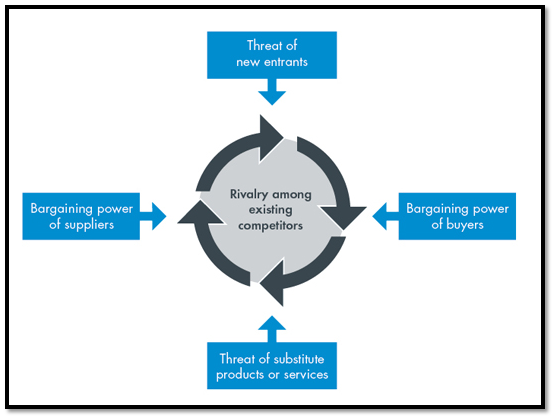
Figure 8: Porter’s Five Forces
(Source: cgma, 2013)
Bargaining power of the suppliers:
The bargaining power of the suppliers is high since very limited suppliers are present and gradually evolving in the cultured meat market. Therefore, the cultured meat producing firms would have lower bargaining power before the suppliers of cell lines, cell culture media, scaffolding and bioprocess design.
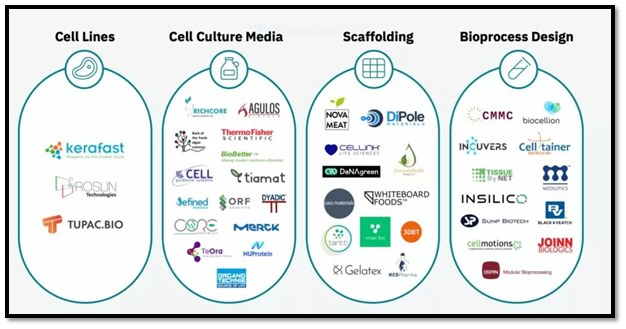
Figure 9: Companies of cell lines, cell culture media, scaffolding and bioprocess design.
(Source: gfi, 2021)
Bargaining power of the customers: The bargaining power of the customers is low since they don’t have enough alternatives available before them to switch from one brand to another according to their convenience and preferences rather they have to even premium products at high prices from limited companies if they wish to buy cultured meat products. Therefore, the bargaining power of the company is high.
The threats of the new entrants: The threat of the new entrants is low because to enter into the cultured meat market huge investments, technological resources, skilled workforce, and adequate capital funding along with all sorts of resources are required which couldn’t be afforded by anyone readily.
The threats of the substitutes: The threat of the substitute is very low because the cultured meat is coming as a substitute for traditional meat and no substitute is going to come shortly for cultured meat other than the scope of traditional meat again overpowering the emergence of the cultured meat. However, plant-based cultured meat has already entered the dietary regimes of the people which could act as a potential substitute for cell-based meat (Bryant et al., 2019).
Competitive Rivalry: The competitive rivalry is low in the UK market in the sphere of cultured meat with only Higher Steaks. However, competition could be high from the other European countries producing scalable cultured meat backed up with huge investments.
5. Competitors Analysis
The main competitor of Epicurean’s Meat in the UK is only one named Higher Steaks from the specific sector of cultured meat barring plant-based meat alternatives providing companies. It could be categorizedas the direct competitors to Epicurean’s Meat. The indirect competitors hail from the European countries thatwould includeMosa Meat, a European food technology company from Netherlands, Meatable from Netherlands and Biotech Foods from Spain.
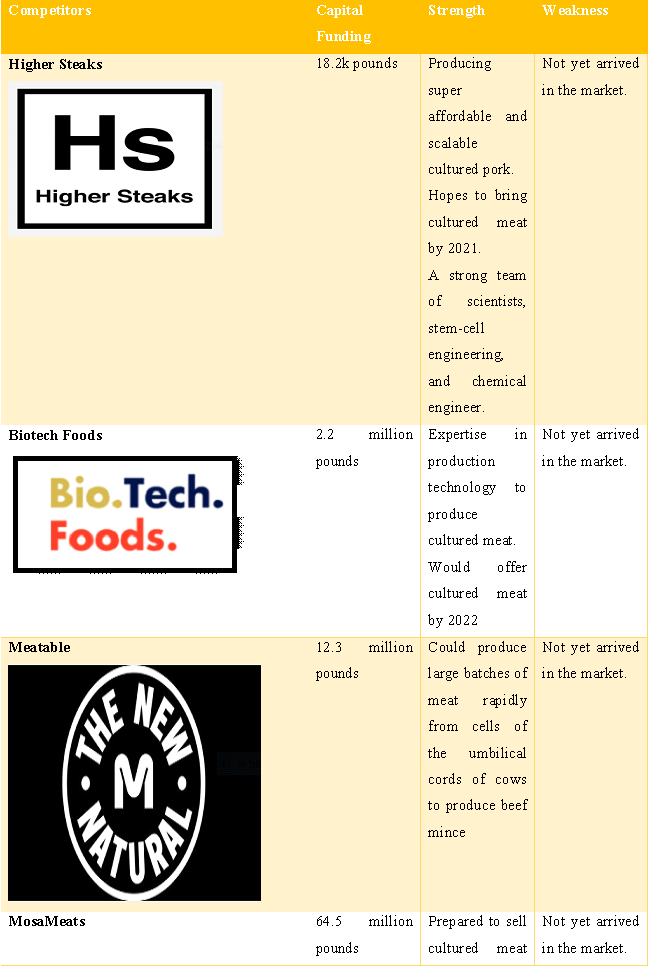
Table 1: Competitive Analysis of Epicurean’s Meat
(Source:siliconcanals, 2020)
6. Marketing and Pricing strategies
As per the words of Kharchuket al.(2014), marketing involves devising and implementing strategies to market the particular product or service in the target market effectively by positioning the specific service or product offerings effectively and in sync with the popular expectations, market trends, and customer’s demands. The marketing strategies for Epicurean’s Meat have been designed as such that it enables the company to create a differentiated appeal and thereby gain competitive precedence over the competitors. For the detailed analysis of Epicurean’s Meat’s marketing strategy, the theoretical model of McCarthy’s 4Psis used to determine the product features, pricing, place of sale and promotional strategies (Arif and Balo, 2017).
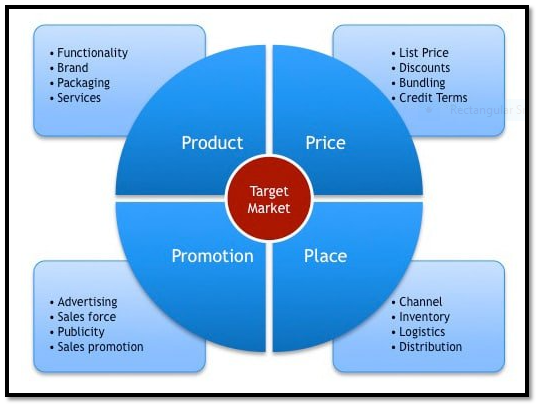
Figure 9: 4ps of Marketing Mix
(Source: Acutt, 2015)
Product: The product would be offered in premium and high-qualities mainly in the forms of nuggets, burgers, and other processed meat. Moreover, effective packaging systems would be considered to ensure transparency like labeling as much information and production details as possible along with preserving the integrity and freshness of the product. Price: Economic pricing strategy would be followed which is different from the competitors because they would be offering products at a relatively high price. Epicurean's Meat would be offering cultured chicken meat at $5 based on the target market’s expectations. This is because58% of the customers are willing to pay a premium price for cultured meat over regular meat and thereby keeping this in mind without aligning to the unpalatable pricing techniques of the other market players, Epicurean’s Meat would be providing cultured chicken at an affordable price to cater to the perceived value of the customers (Morrison, 2020).
This would enable the new firm to gain higher customers preferences, loyalty, and a strong brand impression.
Place: Epicurean's Meat would be offered through Omni-channel retailing strategy. Both physical stores and online mediums as a point of sale would be opened for the customers to buy cultured chicken meat according to their conveniences
Promotion: Extensive promotions would be undertaken with the help of the user-generated content which would be circulated across the popular digital and social media platforms. Furthermore, traditional advertising strategies like putting up billboards and producing effective TV commercial would be considered to strengthen the advertising strategy and media reach.
7. Operation Plan
7.1 How the product would be produced
For the production of the cultured meat from the stem cells of the chicken, a nutrient-dense medium is required wherein the one cell taken from the living animal would co-culture and harvest naturally to multiple along with tissue, muscle and fiber. The processed meat could be then cooked and consumed. Equipment like bioreactors stationed in a meat-processing plant is needed to facilitate the different phases of cultured meat production.
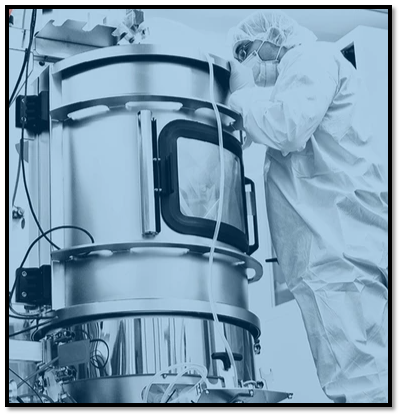
Figure 10: Bioreactors
(Source: Ireland, 2019)
7.2 Details about the other operational aspects
The physical store would be located in London specifically in Liverpool Street Chicken. The distribution of the products would be carried out by a trusted logistics partner like DHL.
Furthermore, for legal considerations, the cultured meat produced on the behalf of Epicurean’s Meat would be first sent to The Singapore Food Agency for approval as it has first approved the commercially saleable cultured meat globally in 2020 (gfi, 2021). Then for food approval from the UK food regulators, it would be sent to UK’s Food Standards Agency. In addition to this, the initial supplier for the business would be Future Meat Technologies who would be providing the cell lines and other hardware required to manufacture lab-grown meat. The new bioreactor manufactured by Future Meat Technologies as illustrated below could be procured to culture chicken meat (Shieber, 2019).
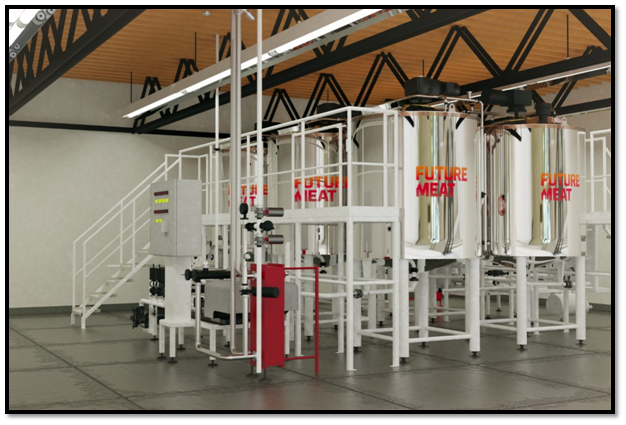
Figure 11: new bioreactor manufactured by Future Meat Technologies
(Source: Shieber, 2019)
8. SWOT Analysis
The SWOT analysis is being used to understand the strength, weakness, opportunities, and threats that a company could face in course of its business operations (Gürel and Tat, 2017).
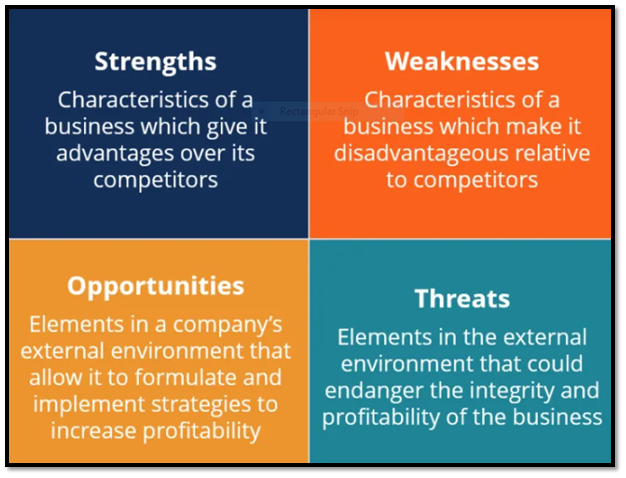
Figure 12: SWOT parameters
(Source: corporatefinanceinstitute, 2021)
Strengths: The Unique Selling Point (USP) of the business is fostered through the premium and high quality coupled with the economic pricing strategy. The competitors are selling the products at a high price while Epicurean's Meat would be offering cultured meat at an affordable price which is the strong point of the company. Furthermore, it is expected that heightened incorporation of advanced technology would help the company to stand out from the competition Weakness: The customers wouldn’t be offered the provisions of dining in at the restaurant premises. Moreover, competitors have secured investments which Epicurean’s Meat lacks that would help them to scale up their production and thereby, customers would get their product readily. However, Epicurean’s meat might be slower in reaching the store shelves and customers.
Opportunities: The demands of the UK’s customers to have cultured meat and interests of the investors to invest in cultured meat company would empower Epicurean’s meat to exploit and attests marketplace opportunities and thereby, gain a stable market position.
Threats: The potential threats for the new business could become from the competitors and potential companies of traditional meat-provider.
9. Financial Requirements
9.1 The start-up costs of the business
The start-up costs of the busines would be quite high since all the advanecd resources are required and these costs are necessary to operate the business succesfully and procure all the resources proficiently.
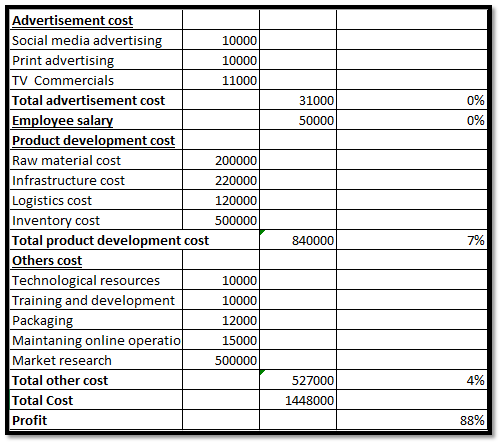
Figure 13: The start-up costs of the business
(Source: Created by the learner)
9.2 Estimated profits and losses
As per the estimated profit and losses, it is observed that the profit of the company has been increasing year-on-year which is reflected in the gross profit, operating profits, PBT, and net profits. Therefore, it could be stared that the new business venture would be profitable in the coming years.
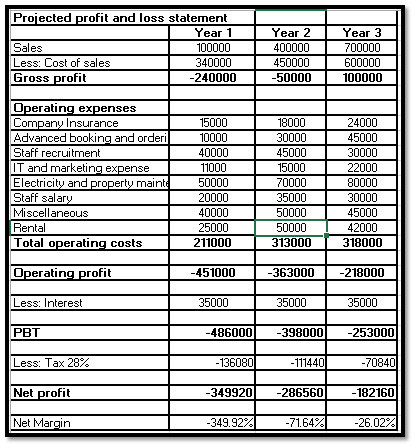
Figure 14: Profit and loss statement
(Source: Created by the learner)
9.3 Fixed and running costs of the business
It has been predicted that the net profit would be increasing with the gradual years of operating which would also require increasing cash flow in the business along with total investing cash flow.
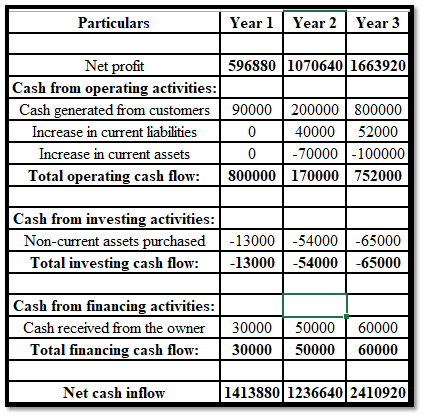
Figure 15: Running costs of the business
(Source: Created by the learner)
10. Conclusion
From the preceding discussions, it could be thereby stated that all the possible aspects of establishing a new business ventured have been recognized and explored. It is assumed that with the internal resources and marketplace opportunities, Epicurean’s Meat would be able to sustain itself in the market profitably and successfully along with overcoming the threats and weakness. Therefore, by the implementation of the pre-planned business process, the company could facilitate reliable and effective operations and function in the UK's cultured meat market.
Reference list
Acutt, M., 2015.4Ps in Marketing – The Marketing Mix [Online] Available at:
Arif, M.Z.U. and Balo, B.K., 2017. Application of 4Ps Model of McCarthy in the Marketing of the Eco-Friendly and Hygienic Brand-Bashundhara Tissue: Empirical Evidence from Bangladesh. ANVESHAK-International Journal of Management, 6(2), pp.68-91.
Baker, J. 2019. Cultured meat: introducing a home-grown product to a global market, Foodprocessing-technology.com. Available at:
Bryant, C., Szejda, K., Parekh, N., Deshpande, V. and Tse, B., 2019.A survey of consumer perceptions of plant-based and clean meat in the USA, India, and China.
Frontiers in Sustainable Food Systems, 3, p.11.
businesswire.com2020. Global Cultured Meat Market Insights, 2018-2027 - ResearchAndMarkets.com, Businesswire.com.[Online] Available at:
Carrington, D., 2021. Lab-grown meat firms attract sixfold increase in investment [Online] Available at:
cgma.org 2013.Porter’s Five Forces of Competitive Position Analysis [Online] Available at:
corporatefinanceinstitute.com 2021.SWOT Analysis - Learn How to Conduct a SWOT Analysis [online] Available at:
datamintelligence.com 2021. Europe Meat Alternatives Market, Size, Share | Industry Forecast, 2027, DataMIntelligence. [Online] Available at:
Fusaro, D., 2021. Foodprocessing.com. Available at: https://www.foodprocessing.com/articles/2021/cultured-meat/ [Accessed 21 May 2021].
Gerard, H.T., 2018. The Relevance Of Porter’s Five Forces In Today’s Innovative And Changing Business Environment.
gfi.org 2021.Cultivated meat | State of the Industry Report | GFI [Online] Available at:
gfi.org 2021.The science of cultivated meat | GFI [Online] Available at:
Guarata, N. and Pagliacci, C., 2017.
Understanding financial fluctuations and their relation to macroeconomic stability (No.IDB-WP-799).IDB Working Paper Series.
Gürel, E. and Tat, M., 2017. SWOT analysis: a theoretical review. Business plan assignmentJournal of International Social Research, 10(51).
Ireland, T. 2019. The artificial meat factory - the science of your synthetic supper, BBC Science Focus Magazine. [Online] Available at:
Kharchuk, V., Kendzor, I. and Petryshyn, N., 2014.The analyses of marketing strategies for innovations. marketsandmarkets.com2021Cultured Meat Market | Size | Industry Outlook | Trends | Forecast to 2032,
Marketsandmarkets.com.[Online] Available at:
Morrison, O., 2020. Consumers willing to pay nearly 40% more for cultured meat over regular meat: study [Online] Available at:
prnewswire.com 2021. Cultured Meat Market Size To Reach USD 2788.1 Million By 2030 at a CAGR of 95.8% - Valuates Reports, Prnewswire.com. Available at:
reportsanddata.com 2021. Cultured Meat Market Size, Share | Growth & Analysis 2032, Reportsanddata.com. [Online] Available at:
savills.co.uk 2021.UK meat consumption [Online] Available at:
Shieber, J. 2019. TechCrunch is now a part of Verizon Media [Online] Available at:
siliconcanals.com (2021).8 European foodtech startups that intend to bring lab-grown meat to your table soon [Online] Available at:












